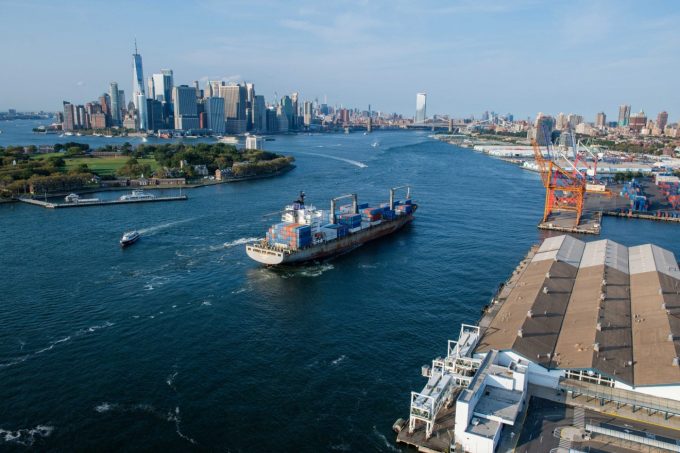Security fears drive tighter cargo manifest rules for box cargo in UAE ports
Authorities in the UAE are close to rolling out a revamped, tighter cargo manifest system ...

While container spot freight rates have continued to decline in recent weeks on the main east-west trades, the transatlantic trade has once more bucked the trend, with a sudden upswing in pricing.
The rate for shipping a 40ft container from North Europe to the North America ...

Comment on this article